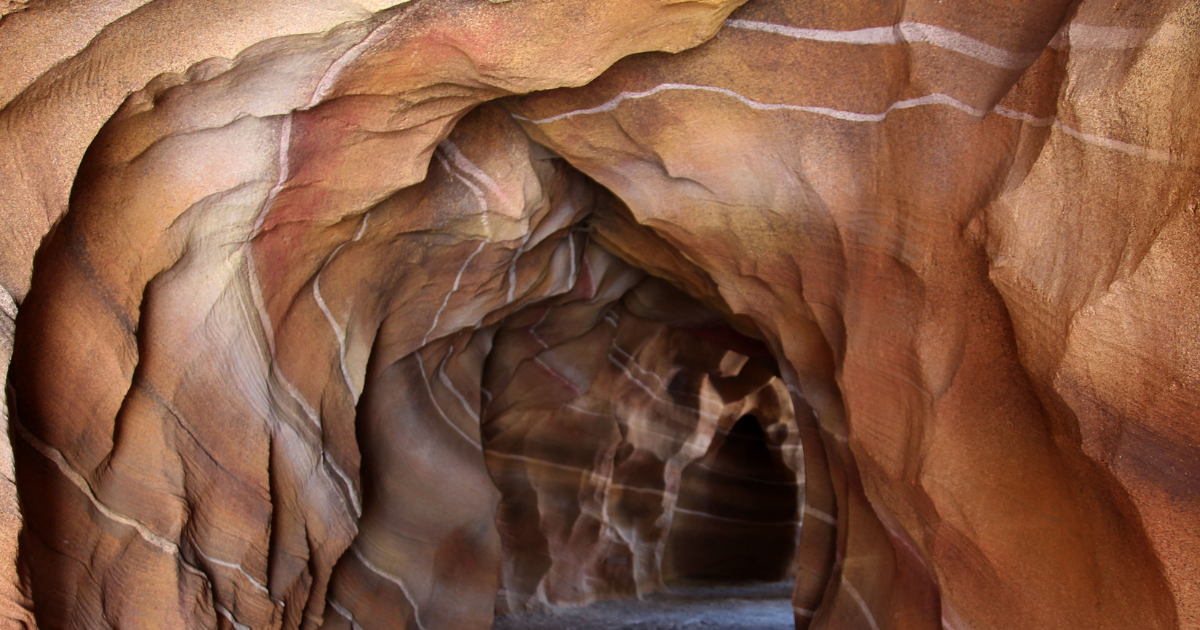Have Human Mortuary Practices Been Around for 245,000 Years?
Have human mortuary practices been around for 245,000 years? This may be the case. New archaeological evidence suggests that our ancient ancestors may have started burying their dead almost a quarter of a million years ago… 100 thousand years earlier than we thought.
Scientists conducting an archaeological excavation in South Africa in 2013 discovered a collection of humanoid bones in an area of the Rising Star cave system called The Cradle of Humankind. The bones this ancestor of modern humanity — called Homo naledi — were discovered in depressions resembling pits, concave repositories that don’t follow the natural angle of the cave floor. They appear, scientists say, to have been deliberately shaped, like shallow graves.
But perhaps most telling, the fill covering the bones was comprised of materials different than that found in surrounding sediment.
Cognitive evolution
If Homo naledi’s bones do indicate deliberate burial activity, then the behavior of these early humans challenges commonly held beliefs about evolution, brain size and higher thinking.
Two types of social behavior tending to the dead have been recognized of early humans: mortuary behavior and funerary behavior. The distinction of funerary behavior lies in its apparently intentional social action with the dead, such as deliberate burial. Mortuary behavior is a less symbolic, more reactive type of interaction: guarding a dead body or prodding it as if expecting it to rise.
Mortuary behavior has been observed of the animal kingdom in other nonhuman species.
How we thought, then and now
The skulls of the discovered skeletons indicate brain volume of a bit less than half that of ours today (compare Homo naledi’s 600 cubic centimeters to the modern measurement of an adult male’s 1500).
So far, arguments based on cranial capacity appear to be in favor of this potential funerary behavior as a social element independent of brain size and complexity. It isn’t a real stretch; other significant developments in human by our small-er brained ancestors include, after all, the use of rudimentary tools and fire.
Death care wired into our genes?
The interpretation of the find is controversial and has stirred more than a few dissenting critical opinions. Opposers theorize that water flow may be responsible for depositing the bones where they were found, among other opposing arguments. As with most surprising discoveries, there’s bound to be resistance. And like all discoveries, evidence will eventually bear it out or disprove it.
It remains to be seen then, but if we were burying our dead so near to the dawn of the species, it is an incredibly telling indicator of the nature of humans. If our evolutionary ancestors at so basic a developmental stage cared for their dead attentively enough to bury them in a manner that so closely echoes modern practice, then social practices and possibly ritual around death care appear to be a deep part of our foundational identity. If
Wired in alongside our most primary instincts, then death care would be an essential, formative part of who we are.
Time, so to speak, will tell.




